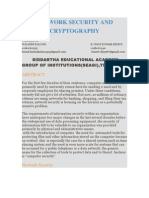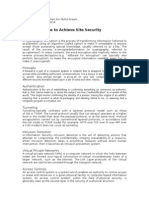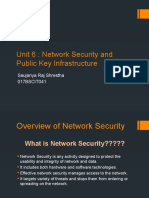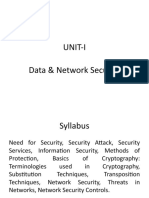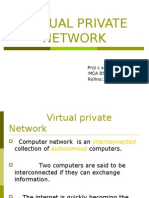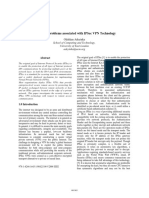0% found this document useful (0 votes)
13 views4 pagesNetwork Security
The document discusses network security, focusing on cryptography, encryption, authentication, and VPNs as key components. It explains the roles of cryptography and cryptanalysis in securing digital data, the structure of a cryptosystem, and the importance of VPNs in protecting data transmission. Additionally, it outlines the features and components of IPSec and Transport Layer Security (TLS) for secure communications over networks.
Uploaded by
Dani GedefaCopyright
© © All Rights Reserved
We take content rights seriously. If you suspect this is your content, claim it here.
Available Formats
Download as DOCX, PDF, TXT or read online on Scribd
0% found this document useful (0 votes)
13 views4 pagesNetwork Security
The document discusses network security, focusing on cryptography, encryption, authentication, and VPNs as key components. It explains the roles of cryptography and cryptanalysis in securing digital data, the structure of a cryptosystem, and the importance of VPNs in protecting data transmission. Additionally, it outlines the features and components of IPSec and Transport Layer Security (TLS) for secure communications over networks.
Uploaded by
Dani GedefaCopyright
© © All Rights Reserved
We take content rights seriously. If you suspect this is your content, claim it here.
Available Formats
Download as DOCX, PDF, TXT or read online on Scribd
/ 4
